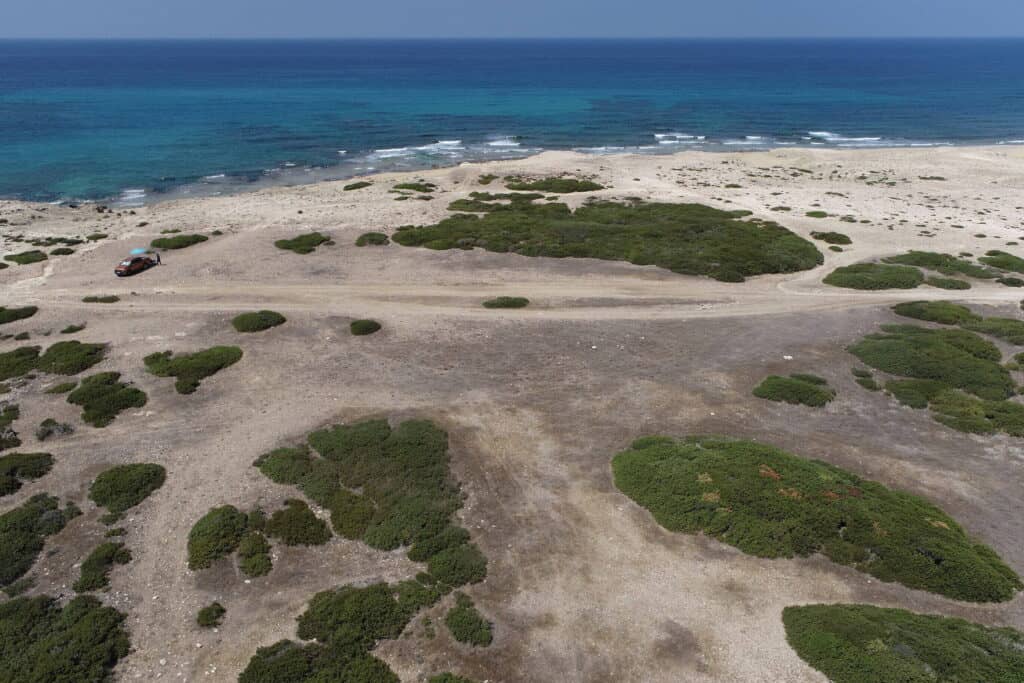Archaeological research has challenged previous assumptions about the timing of human occupation on Cyprus. An international team of scientists, led by Professor Corey Bradshaw of Flinders University and Dr. Theodora Moutsiou of the Archaeological Research Unit at the University of Cyprus, has developed a new model that suggests that humans settled in Cyprus as far back as 14,257 years ago.
This finding significantly predates earlier estimates. The researchers analyzed archaeological data from ten of the oldest sites across the island, and their findings indicate that the first humans arrived during a period of favorable climate conditions, including increased temperatures, precipitation, and environmental productivity.
The team's demographic modeling suggests that the early settlers arrived in large groups, numbering in the hundreds or thousands. This indicates that they were well-organized and possessed advanced watercraft capabilities. Within a short period of approximately 100 years, they established and rapidly expanded their population on Cyprus, with an estimated population of 4,000-5,000 individuals after 300 years.
Dr. Moutsiou emphasizes that Cyprus and other Mediterranean islands were not inhospitable environments for Palaeolithic hunter-gatherers, as previously believed. Instead, the abundance of resources and favorable climate would have made them attractive destinations.

The research team acknowledges that gaps in the archaeological record have previously hindered a more accurate understanding of Cyprus' early settlement history. However, their work, supported by new technologies and advanced modeling techniques, challenges existing assumptions and prompts a reassessment of human migration patterns in the Mediterranean region.
This study contributes to the ongoing debate on the timing and means by which early humans dispersed across continents and islands. It underscores the need for further research to refine our understanding of human migration and colonization in the ancient past.
The research – “Demographic models predict end-Pleistocene arrival and rapid expansion of pre-agropastoralist humans in Cyprus” by Corey Bradshaw, Christian Reepmeyer, Frédérik Saltré, Athos Agapiou, Vasiliki Kassianidou, Stella Demesticha, Zomenia Zomeni, Miltiadis Polidorou and Theodora Moutsiou – has been published in the Proceedings of the National Academy of Sciences of the USA.


